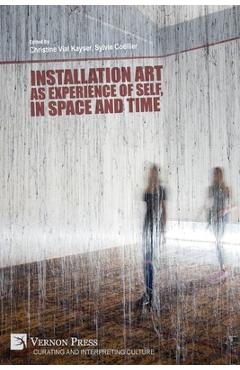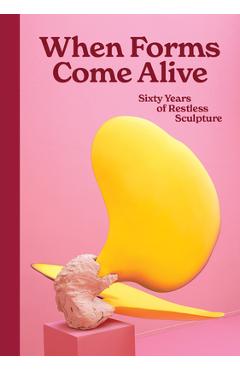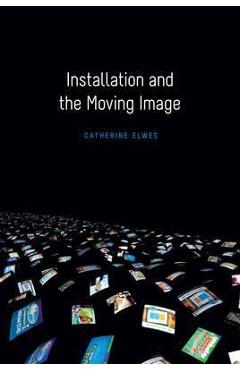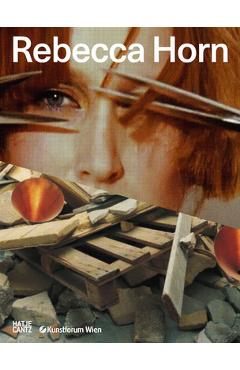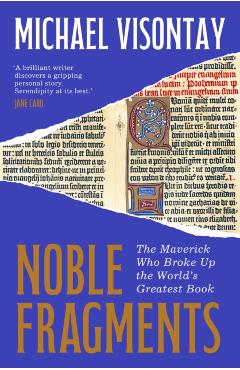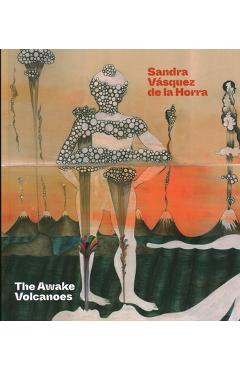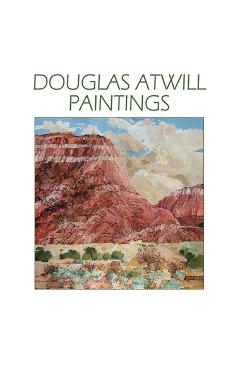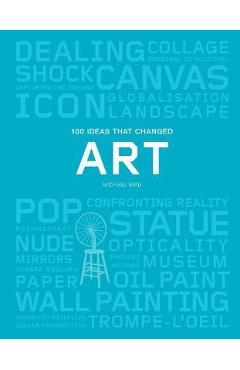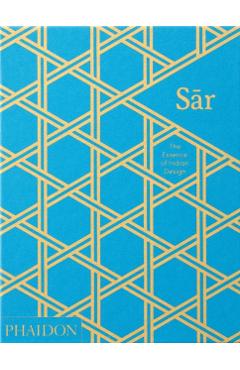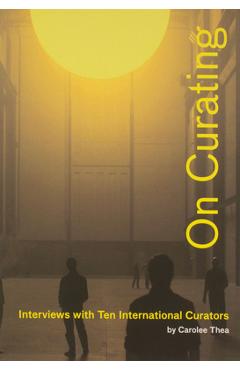Slideshow: Projected Images in Contemporary Art
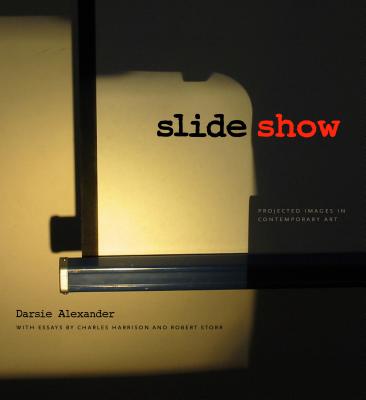
Slideshow: Projected Images in Contemporary Art
"New babies just home from the hospital, children cavorting under the Christmas tree; weddings, receptions, birthday parties--these and many other happy memories live on through the magic of color slides." --Kodak instruction manual, 1967 Interview with Darsie Alexander, Curator, BMA, August 2004 Since the Renaissance, most art has been prized because of the prodigious skills that went into its making. Why would any artist choose to work with slides? It's tempting to see slide projection as quick and easy. Indeed, many artists cite these qualities when explaining their initial attraction to the medium. But the process can be complicated, involving not only the creation of the transparency itself but also its arrangement, projected scale, and timing. A single carousel may contain as many as eighty images that must be numbered and ordered, a task that grows all the more complicated with the addition of each new slide grouping. When we rediscovered a piece by one of the performance artists in the exhibition, I thought he was going to cry. The prospect of putting the whole complex thing back together was painful, even though he was delighted to see his work again. Of course, slide projection is low-tech and notoriously accident-prone. But I think the medium owes a lot of its immediacy to its tendency as an apparatus to jam, to burn out a bulb, to turn a well-planned show into a logistical nightmare. Good art often courts disaster. Is the development of slide art connected to the ferment of the 60s? During the 1960s and 1970s, public projection of slides became a vehicle for social and political activism. Slide projection's portability made this possible, enabling artists (Krzysztof Wodiczko, for example) to project powerful, challenging images onto public buildings. When Lucy Lippard wanted to publicize the exclusion of women from the Whitney Annual of 1970, she projected slides against the surface of the museum to protest its curatorial policies. This application of slides as critical commentary had historical precedents: in the 1880s, the photographer Jacob Riis used slides of the urban poor to arouse the concern of people who might have been able to help. Did the strong associations of slides with family entertainment have any impact on the ways artists adapted the medium? The fact that the medium promotes a collective viewing experience is important for both artists and popular users. The act of looking at images, especially still photographs, gen
PRP: 220.92 Lei
Acesta este Pretul Recomandat de Producator. Pretul de vanzare al produsului este afisat mai jos.
187.78Lei
187.78Lei
220.92 LeiLivrare in 2-4 saptamani
Descrierea produsului
"New babies just home from the hospital, children cavorting under the Christmas tree; weddings, receptions, birthday parties--these and many other happy memories live on through the magic of color slides." --Kodak instruction manual, 1967 Interview with Darsie Alexander, Curator, BMA, August 2004 Since the Renaissance, most art has been prized because of the prodigious skills that went into its making. Why would any artist choose to work with slides? It's tempting to see slide projection as quick and easy. Indeed, many artists cite these qualities when explaining their initial attraction to the medium. But the process can be complicated, involving not only the creation of the transparency itself but also its arrangement, projected scale, and timing. A single carousel may contain as many as eighty images that must be numbered and ordered, a task that grows all the more complicated with the addition of each new slide grouping. When we rediscovered a piece by one of the performance artists in the exhibition, I thought he was going to cry. The prospect of putting the whole complex thing back together was painful, even though he was delighted to see his work again. Of course, slide projection is low-tech and notoriously accident-prone. But I think the medium owes a lot of its immediacy to its tendency as an apparatus to jam, to burn out a bulb, to turn a well-planned show into a logistical nightmare. Good art often courts disaster. Is the development of slide art connected to the ferment of the 60s? During the 1960s and 1970s, public projection of slides became a vehicle for social and political activism. Slide projection's portability made this possible, enabling artists (Krzysztof Wodiczko, for example) to project powerful, challenging images onto public buildings. When Lucy Lippard wanted to publicize the exclusion of women from the Whitney Annual of 1970, she projected slides against the surface of the museum to protest its curatorial policies. This application of slides as critical commentary had historical precedents: in the 1880s, the photographer Jacob Riis used slides of the urban poor to arouse the concern of people who might have been able to help. Did the strong associations of slides with family entertainment have any impact on the ways artists adapted the medium? The fact that the medium promotes a collective viewing experience is important for both artists and popular users. The act of looking at images, especially still photographs, gen
Detaliile produsului











